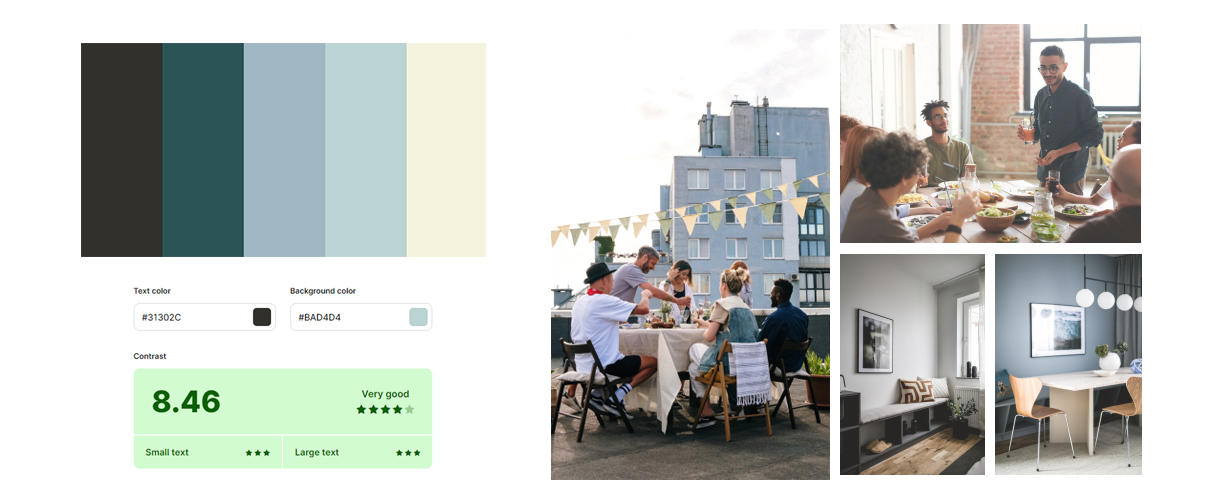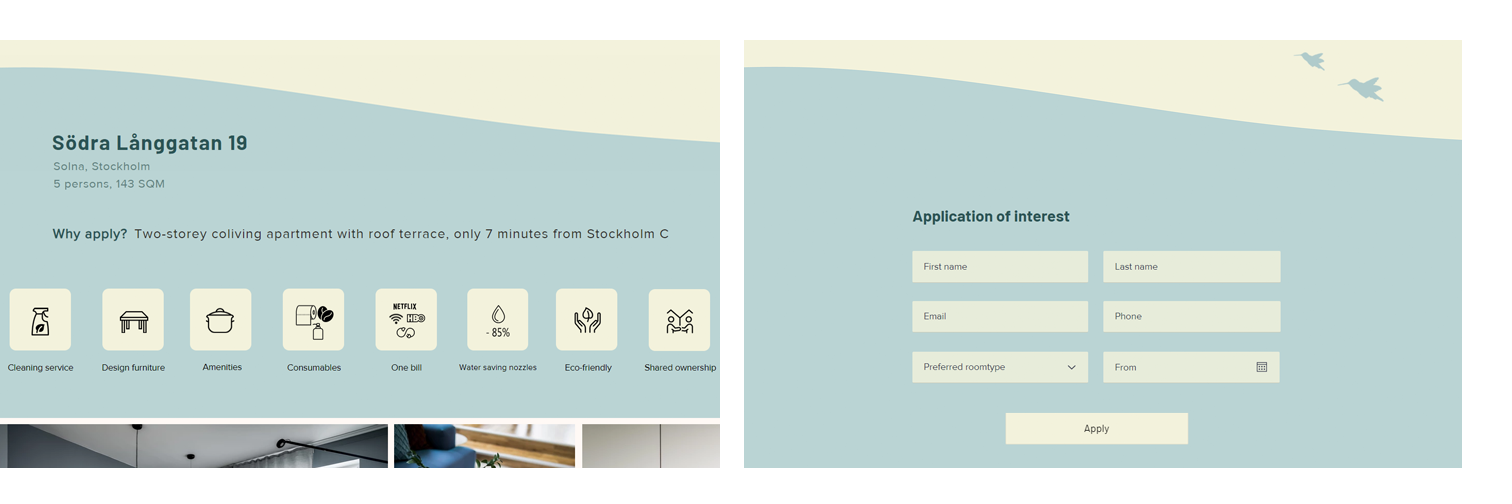Background
"20-30 Coliving, a startup dedicated to addressing the housing shortage for young adults through eco-friendly coliving spaces, aimed to create a more user-friendly website to enhance their application process. After conducting an in-depth analysis to uncover weaknesses in their current website, I developed and launched a redesigned site using Wix, customized to align with the client's preferences.
The result was a successful redesign of 20-30 Coliving's website, with user satisfaction increasing by 25%, and the perceived findability of information improved by 12%.



